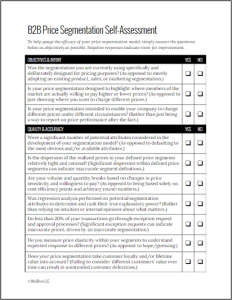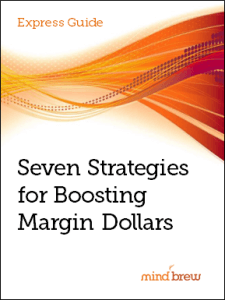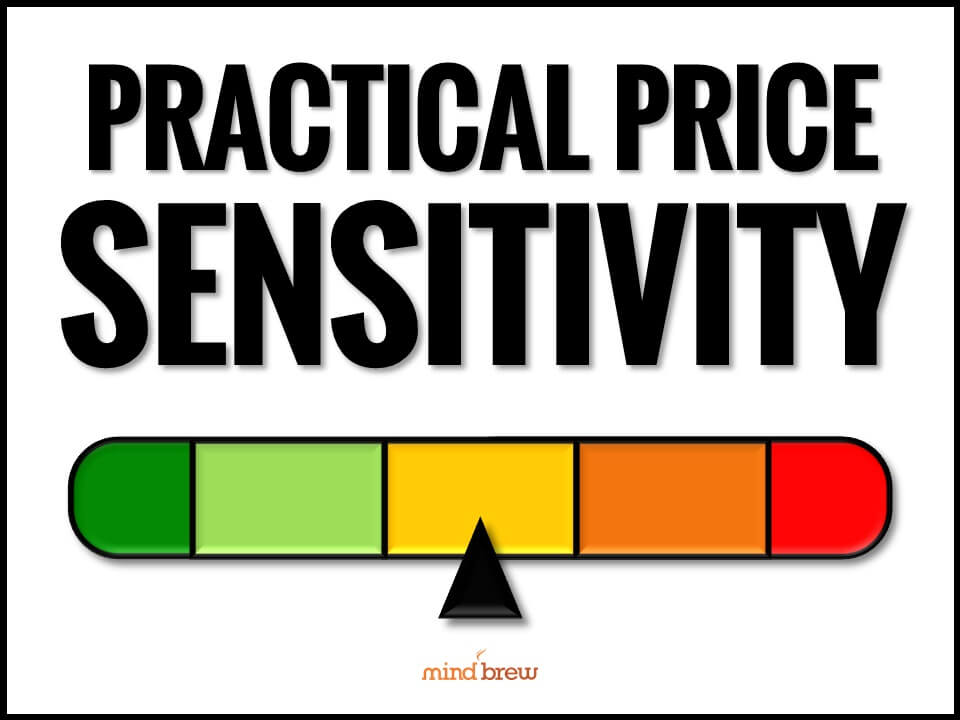Here’s a thought experiment to illustrate a point:
Imagine asking your most experienced salesperson to predict exactly how much unit volume would increase if you lowered the price on a particular product by 10%.
They’d most likely shrug and admit that they couldn’t know for sure.
Now imagine asking your most experienced salesperson whether lowering the price on a particular product by 10% would generate at least 50% more unit volume.
Here, they’d likely deliver a much more definitive answer…probably something along the lines of “Not a chance!” or “I’d never sign up for that!” or “Are you crazy?”
The point is that while it’s very difficult for mere mortals to predict exactly what will happen in the future, we humans are much better at assessing the odds around specific outcomes.
I can’t predict exactly how my day will play out. But will I be hit by a bus? I’m willing to leave the house because I know the odds of that outcome are extremely low.
I can’t predict exactly where the stock market will be in 15 years. But will it be higher than it is today? I’m willing to bet my retirement account on that outcome.
I can’t predict exactly how much snow I’ll get this year. But will I get enough to warrant buying a new snow shovel? My shiny new shovel says yes.
Similarly, you may not know exactly what will happen when you raise or lower your price by a certain amount. But using some simple math, you can calculate what needs to happen to at least break even on contribution or margin dollars.
And with that information in hand, it’s then relatively easy to accurately assess the odds that what needs to happen will actually happen.
For example, unless you’ve been measuring price elasticities, you really can’t know for sure what will happen to unit volume when you offer a 10% discount on a product with 28% margins. And even your most experienced salespeople will struggle to predict the resulting volume impact with any degree of precision.
With some simple math, however, you can very quickly calculate how much more volume you’ll need to sell at the new, lower margin level to produce the same amount of margin dollars as the current price:
(Current Margin) / (New Margin) = Breakeven Volume
28% / 18% = 1.56, or 56% More Volume to Break Even
As highlighted earlier, it’s then much easier to determine…with a high-degree of accuracy…whether or not it’s realistic that you’ll be able to surpass the 56% increase in volume you’ll need in order to just break even.
You may not know exactly what a specific price change or discount will do in the marketplace. But when presented with information about what a price change or discount must do in the marketplace, I’ll bet you can answer the “will it or won’t it” question with much more certainty.
















